Cannabis culture is rife with unique words and abbreviations—from the easy-to-understand grass and weed to the where-in-the-world-did-that-come-from chronic and reefer. Few of these words, though, are as important to your understanding of marijuana as the three- and four-letter terms:
- THC
- THCA
- THCV
- CBD.
- CBDA
- CBDV
- CBC
- CBCA
Why are these abbreviations so important? Because they’re the building blocks—and the cause—of everything that makes the cannabis plant so great. These abbreviations, and their multisyllabic scientific names are known collectively as cannabinoids.
One hundred and thirteen cannabinoids have been identified so far, each with its own distinct effects. Among those 113 different chemical compounds, one cannabinoid stands out as more significant than all the others. That cannabinoid is cannabigerol (CBG).
But what is CBG? Why is it so important? And what are its benefits? The experts at Honest Marijuana will reveal the facts about this little-known cannabinoid and show you why it can be considered the stem cell of the medical-marijuana world. We’ll also investigate the questions:
- Will CBG get you high?
- Does CBG have any side effects?
- Should you try CBG?
Before we address CBG directly, though, it’s essential that we talk briefly about basic cannabis plant biology.
Basic Cannabis Plant Biology

Pretty much everything that happens in the cannabis plant occurs because of biosynthesis. Biosynthesis is the combination of chemical compounds to form new chemical compounds. In the case of the cannabis plant, the important chemicals to remember are:
- Geranyl pyrophosphate (GPP or sometimes GDP).
- Olivetolic acid (OLA).
These two chemicals are the building blocks—the parent molecules, if you will—of all 113 cannabinoids we mentioned earlier. When they combine, some pretty cool stuff happens!
We’ll continue tracking the production of CBG in the section CBGA: Where It All Begins. For now, though, it’s vital that we learn a bit about the chemistry of cannabinoids so we fully understand what’s going on.
Cannabinoids Defined
Cannabinoids are chemical compounds that interact with the cannabinoid receptors CB1 and CB2 in your brain. THC is the most well-known cannabinoid because of its psychoactive effects. But other cannabinoids like CBD, CBC, and, yes, CBG are gaining in popularity thanks to their powerful medicinal effects.
For the rest of this article, we’ll focus on a specific class of cannabinoids known as phytocannabinoids. Phytocannabinoids are produced naturally in plants and are what you get when you smoke, dab, eat, or in all other ways consume marijuana.
The other classifications of cannabinoids include endocannabinoids (produced in your body), and synthetic cannabinoids (manufactured in a lab).
“Wait, back up,” you say, “did I just read that my body produces cannabinoids all by itself?” Yes, sort of. But it’s not what you think.
You can’t somehow concentrate real hard and produce enough endocannabinoids to get you high or relieve your pain. Your body doesn’t work that way. In fact, there’s really no plausible situation where your endocannabinoids would produce the same results as smoking a joint or ingesting a CBD medication.
“So what is it that my endocannabinoids do?” you ask. Good question. The cannabinoids that your body produces naturally are primarily responsible for keeping your body in homeostasis.
“Homeo-what-sis?” Homeostasis. It’s your body’s natural tendency to remain in equilibrium. “Equi-what-brium?” Ok, last time. The next time you don’t understand a word, crack a dictionary.
Equilibrium is a state of physical balance. Picture a teeter-totter (or see-saw) with really hot on one side and really cold on the other. Your body maintains a balance (an equilibrium) between too hot and too cold so that cells don’t die. That’s homeostasis.
And temperature isn’t the only system kept in homeostasis. You’ve got O2/CO2 (oxygen/carbon dioxide) levels, nutrition and waste, fluid balance, and many more. And what governs this equilibrium — this homeostasis? The endocannabinoid system.
Your body produces just enough endocannabinoids to keep the system running smoothly. It’s only when you flood your system with phytocannabinoids from the cannabis plant that you feel any different.
So, really, your body’s cannabinoid system (of which endocannabinoids are a part) is the reason why we’re able to get high or feel relief from a CBD medication in the first place. Without it, the cannabis plant would just be another green, leafy vegetable like spinach — pretty much just good for a salad.
But let’s move our attention away from human biology and back to the phytocannabinoids that we know and love.
In the next two sections, we’ll subdivide the broad class of phytocannabinoids into smaller pieces until we reach the focus of this article, CBG.
Acidic And Non-Acidic Cannabinoids

Cannabinoids come in two distinct types: acids and non-acids. THC (tetrahydrocannabinol) and CBD (cannabidiol) are the non-acidic forms, while THCA (tetrahydrocannabinolic acid) and CBDA (cannabidiolic acid) are the acidic forms.
For the most part, the acidic form occurs in raw cannabis, while the non-acidic form occurs in heated cannabis. We can illustrate this in the following way:
THCA and CBDA + Heat = THC and CBD
The critical point of all this chemistry talk is that the acidic form of each cannabinoid doesn’t offer the same medical effects as the non-acidic form. To get the most from your marijuana, you have to decarboxylate.
Thankfully, this is no problem if you’re smoking or dabbing. You instantaneously decarboxylate your weed when you light it on fire. For other methods of consuming, though, you first have to bake your raw ganja in the oven.
So we’ve established that the acidic cannabinoids are the precursors of the non-acidic cannabinoids. We’ve also established that those non-acidic cannabinoids are where all the psychoactive and medicinal benefits reside.
Let’s set up another word picture to help us with this and the next section (the > symbol means “yields” or “turns into”):
THCA and CBDA and CBCA > THC and CBD and CBC
Now, let’s turn our attention to CBG and see where it fits into the big picture.
CBGA: Where It All Begins
In the plant biology section of this article, we talked about two chemicals—geranyl pyrophosphate and olivetolic acid (GPP and OLA respectively)—and how they combine to create all 113 cannabinoids.
In the previous section, we talked about how the acidic cannabinoids turn into the non-acidic cannabinoids when heat is applied. But we actually skipped a step in-between, and it’s where CBG becomes so important.
In raw cannabis plants, geranyl pyrophosphate and olivetolic acid combine to produce cannabigerolic acid (CBGA). CBGA then combines with enzymes in the plant to produce the other main acidic cannabinoids (THCA, CBDA, CBCA). Here’s another word picture to help you visualize:
Geranyl pyrophosphate + olivetolic acid > CBGA + enzymes > THCA, CBDA, CBCA
The dried Sour Diesel you buy from the budtender at your local dispensary is made up of CBGA, THCA, CBDA, and CBCA. When you apply heat, all of those acids transform into their non-acidic “children” molecules (CBG, THC, CBD, and CBC).
We know that can be a bit much to keep track of, but the point to remember is that the acidic form of CBG (CBGA) is much like stem cells in the human body—with a little help, it can become a wide variety of chemical compounds. That brings us to the next crucial question.
What Exactly Is CBG?
CBG (cannabigerol) is a non-acidic cannabinoid produced when heat is applied to the CBGA (cannabigerolic acid) molecule. Its close chemical relatives are THC, CBD, and CBC.
CBG is found mainly in hemp products, and strains bred for high THC usually contain very low amounts of CBG (less than 1%). High CBD strains, on the other hand, contain much higher concentrations of this essential cannabinoid.
Will CBG Get You High?

No, CBG will not get you high. CBG is a non-psychoactive cannabinoid much like CBD. In fact, in brain-chemistry terms, CBG is what’s known as an antagonist because it interferes with the trippy high created by THC. That’s not a bad thing.
In fact, it underscores the danger of producing strong weed strains with ultra-high THC concentrations because, without CBG, it’s entirely possible to go from buzzed to bad trip in just one drag.
How Does CBG Work?
When you smoke, dab, eat, vape, or in any other way consume a cannabis product, you introduce cannabinoids like CBG into your bloodstream. Your blood then circulates the CBG throughout your body and into your brain.
When the CBG and other cannabinoids reach your grey matter, they dock with and activate special neurons that then produce a wide variety of effects elsewhere in your brain and throughout your body.
Think of CBG, THC, CBD, and CBN like keys that unlock and open certain doors. When those doors are open, messages can pass through to other parts of your brain and body.
So, for example, if you’re experiencing insomnia, CBG unlocks and opens the door that signals your body to release hormones that help you sleep.
Of course, the process is a bit more complicated than we’ve described here because science, but you get the basic idea.
Bottom line, it all comes back to the way CBG interacts with neurons.
Neurons And How You Feel
Neurons are specialized cells in your central nervous system — your brain and spinal column — that transmit electrical nerve impulses throughout your body.
Your central nervous system contains billions of neurons that all work together to make everything from your senses to your emotions possible.
The neurons in your central nervous system are the reason you can feel a pinprick at the very tip of your big toe or enjoy the beautiful colors of a sunset.
But not all neurons are on all the time. And thank goodness for that. If all your neurons were on all the time, you would likely go into shock from the rush of sensations and emotions flooding your body.
Neurons turn on or off in response to stimuli (or the lack of stimuli) inside and around you.
So, for example, if you just ate a big meal, you’ll feel full. If you haven’t eaten all day, you’ll feel hungry. Your central nervous system and the neurons therein, are responsible for those feelings.
If you walk outside without a coat on when it’s 32 degrees Fahrenheit, you’ll feel cold. If you walk outside with a coat on when it’s 100 degrees Fahrenheit, you’ll feel hot. Your central nervous system and the neurons therein, are responsible for those feelings.
And, as we mentioned, your central nervous system also plays a part in how you experience the wide range of human emotions (e.g., happiness, sadness, fear, contentment, and many more).
CBG Powers Certain Neurons
The interaction between CBG and your neurons can be hard to understand because everything happens at the microscopic level.
Thankfully, there’s a macroscopic example that can help you visualize what’s going on in your head and body when you toke a joint.
Think of the receptors in neurons as battery terminals (perhaps in your TV remote), and CBG (and other cannabinoids) as the batteries.
Just as there are different electronics that only accept specific batteries, there are different receptors that only accept specific cannabinoids.
It’s very much like the different sizes of batteries. There’s AA, AAA, D, C, and a host of others. For this illustration, we’ll imagine that THC is a AA battery and CBG is a AAA battery.
When you ingest, inhale, or imbibe your favorite strain (let’s say Sour Diesel), the THC molecule (AA battery) fits snuggly into certain receptors (CB1) and will turn those neurons on.
The CBG molecule (AAA battery) will fit snugly into other receptors and turn them on.
But CBG will also try to dock with the receptors designed for THC. It won’t be such a snug fit, but they’ll try.
Going back to the battery analogy, you can get the AAA battery into a receptor designed for a AA battery, but it won’t be an exact match. As a result, the AAA battery won’t power the device.
Because of this inexact fit between CBG and certain receptors, the CBG molecule won’t provide the necessary power to turn the neuron on like the THC molecule would.
Once a CBG molecule is seated in the CB1 receptor (not turning it on, though), the CBG molecule also occupies the space within the neuron and prevents the THC molecule from docking.
Because of the way CBG blocks THC from docking in the neuron, it is known as a CB1 antagonist.
Just imagine if there was no CBG present. THC molecules would dock with all the CB1 receptors, turn them on, and take you higher than you’ve ever been before.
And before you say, “Huzzah!”, keep in mind that too much THC — too much psychoactivity — is called a bad trip.
At the worst, it’s called an overdose. Thank goodness CBG keeps this from happening.
But CBG does more than just keep you from experiencing a psychedelic crisis. Remember, it also activates other receptors that THC can’t.
We’ll talk about what those CBG-activated receptors do in the next section.
What Are The Benefits Of CBG?
The benefits that CBG has to offer are closely tied to what it does in the human body. In the right dose, CBG acts as an:
- Analgesic (relieves pain).
- Antibacterial (slows bacteria growth).
- Anti-convulsive (reduces seizures and convulsions).
- Anti-inflammatory (reduces inflammation).
- Anti-insomnia (aids sleep).
- Anti-proliferative (inhibits cancer cell growth).
- Antidepressant (raises mood).
- Bone stimulant (promotes bone growth).
- Brain cell stimulant (promotes neuron growth).
- Appetite stimulant (increases appetite).
As you can see, CBG has the potential to make many sick people well again.
What Disorders Can CBG Treat?
Because of its long list of benefits, CBG can be used to treat:
- Glaucoma.
- Inflammatory bowel disease.
- Anti-inflammatory disorders.
- Epilepsy.
- Chronic pain.
- Depression.
- Osteoporosis.
- Insomnia.
- Huntington’s disease.
- Cancer.
- Methicillin-resistant microbial strains such as MRSA.
- Low appetite (resulting from chemotherapy and other treatments).
- Bladder dysfunction.
- Psoriasis.
Research into CBG is still ongoing, so this list will likely grow longer in the future.
Does CBG Have Any Side Effects?
CBG does not have any side effects when taken in therapeutic doses. The key words there are “therapeutic doses.” You can experience negative side effects if you consume too much of any substance…even water.
Thankfully, CBG only becomes a problem when taken in excess of 300 milligrams per kilogram of body weight.
For a 180-pound person, that means they would have to consume 54,000 milligrams of CBG for it to become dangerous. To put that in perspective, a 180-pound person suffering from severe pain should take, at the most, 25 milligrams to feel relief.
If it’s hard to visualize milligrams, think of it this way:
- 25 milligrams = ⅛ of a teaspoon
- 54,000 milligrams = almost 11 tablespoons
And that 25 milligrams of CBG will likely be administered in a few drops of tincture or a small amount of an edible. So you can see that there’s a huge difference between a “therapeutic dose” and one that would cause side effects.
That’s why we can effectively say that CBG has no side effects.
How To Get A Bit Of CBG In Your Life
Unfortunately, at this time, there are no high-CBG strains on the market because growers are focusing on CBD and THC.
Don’t feel slighted though. You don’t have to go without CBG completely.
When you consume a full-spectrum cannabis strain, or even a broad-spectrum strain, you get CBG, CBN, and a wide variety of other cannabinoids in addition to the big two (CBD and THC).
That means you can partake of your favorite strain in whatever way you see fit and still feel confident that your new favorite cannabinoid — CBG — will be in the mix.
Here are the most common ways to get a bit of CBG in your cannabis diet.
Inhaling
There are many ways to inhale the dank smoke of freshly combusted cannabis: joint, blunt, bong, hookah, bubbler, and hand pipe just to name a few.
Smoking is arguably the most popular way to consume weed and is the fastest way to satisfy your CBG fix (We’re not 100% sure that’s a thing, but it sounds plausible, right?).
When you smoke, as much as 50-60% of the bud’s CBG concentration enters your blood plasma and makes its way up to your brain in the blink of an eye (OK, not that fast, but it’s pretty darn quick).
Ingesting
Cooking with cannabis is one of the great joys of life and is a perfect way to consume CBG.
Because of the way your body metabolizes cannabis when you eat it, you may not feel anything for an hour or more, but the effects can last a whopping six hours.
But before you go dumping a bag of weed in your spaghetti sauce, it’s vital that you decarboxylate first.
If you don’t, you’re just adding ground-up plant matter to the mix, and that will do absolutely nothing for you or the flavor of your food.
If you’re unfamiliar with decarboxylation, take a few minutes to read up on the subject with this article from your friends at Honest Marijuana: Marijuana Decarboxylation: Why And How To Decarb Your Weed.
Should You Try CBG Products?

Yes! With all the benefits you can reap and the extremely low risk of side effects, there’s really no reason not to try CBG products.
If you’re looking for medical benefits or seeking treatment for one of the disorders listed above, talk to your doctor and the fine folks at your local dispensary so see if CBG is right for you.
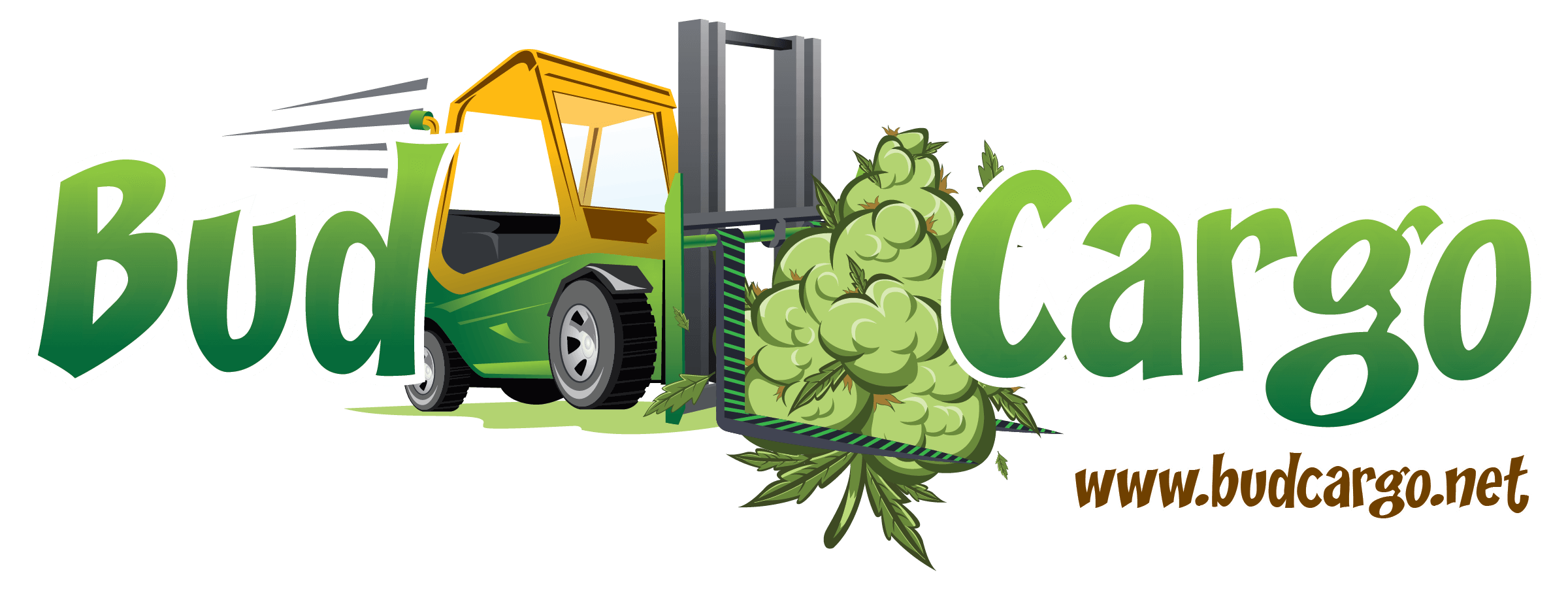

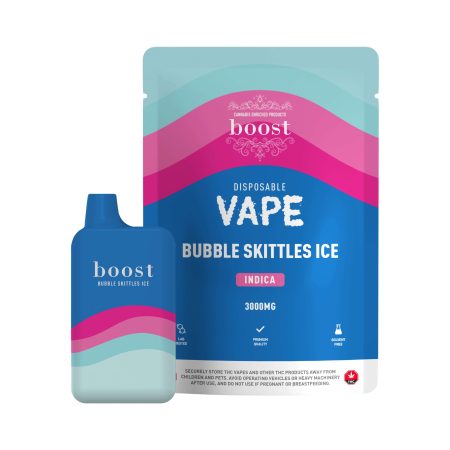
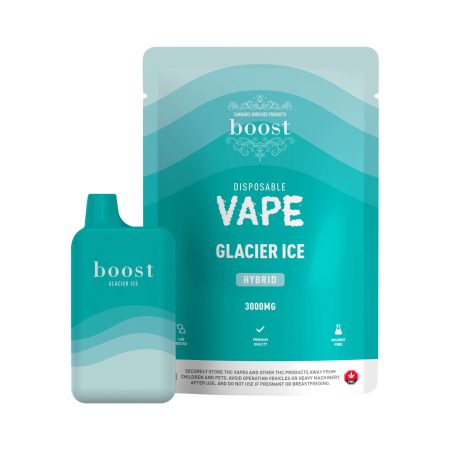
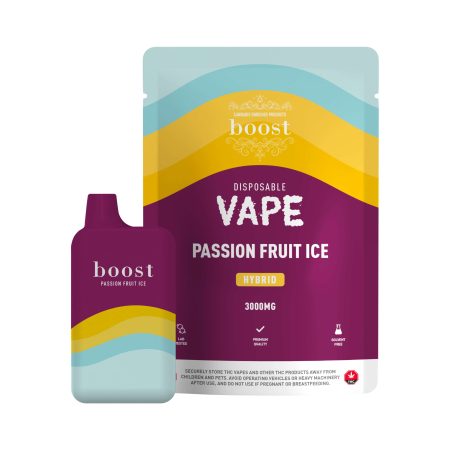

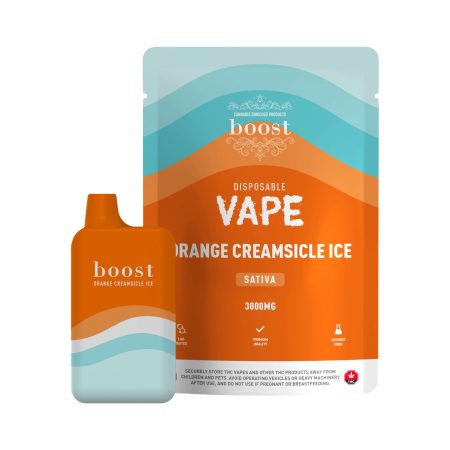
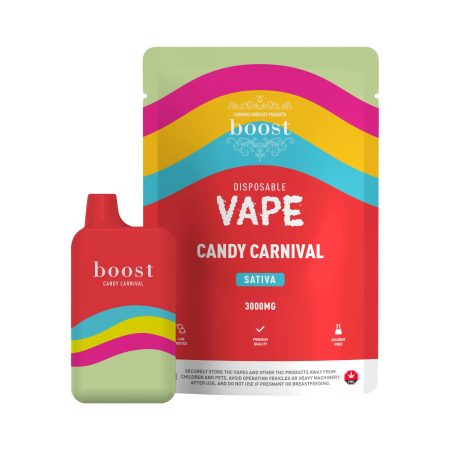
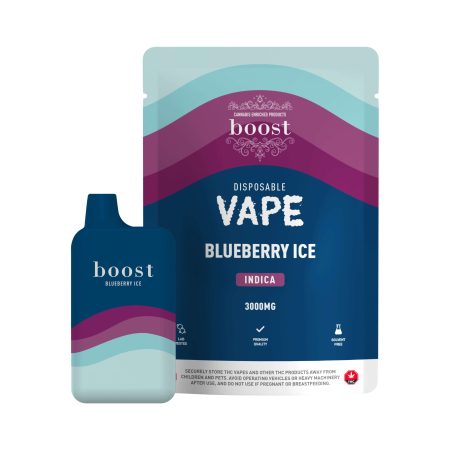

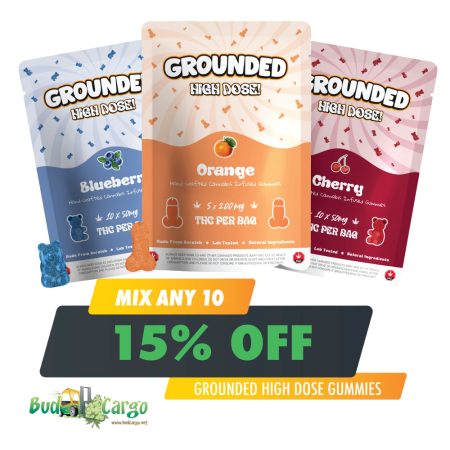
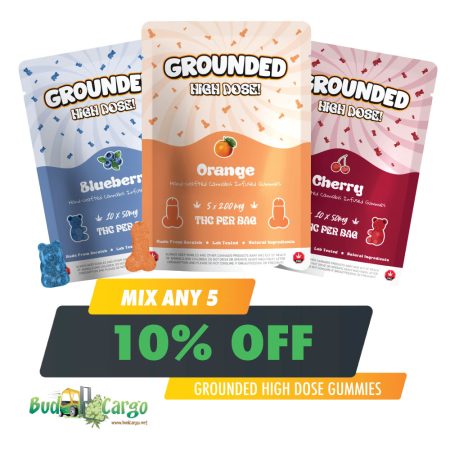
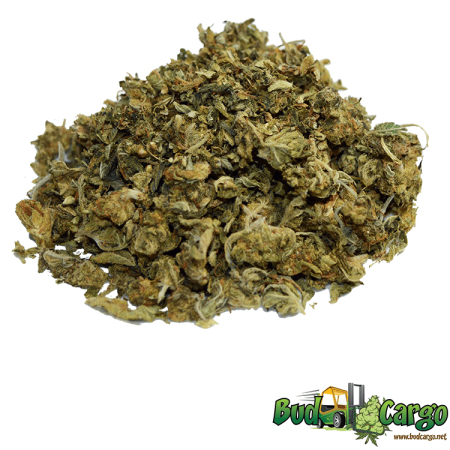
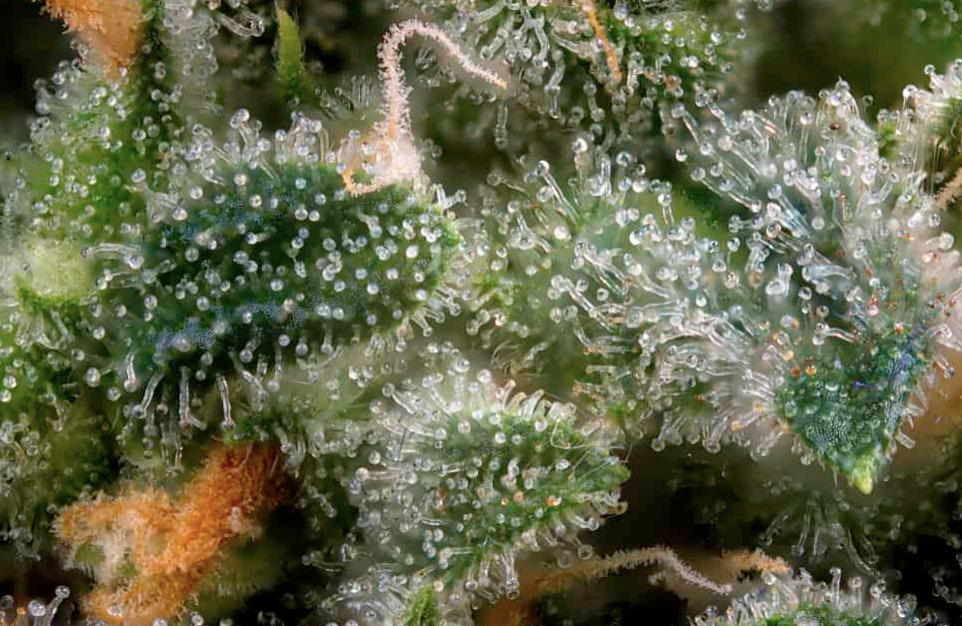
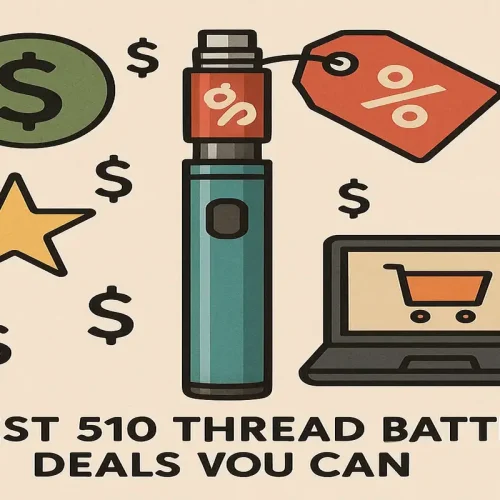
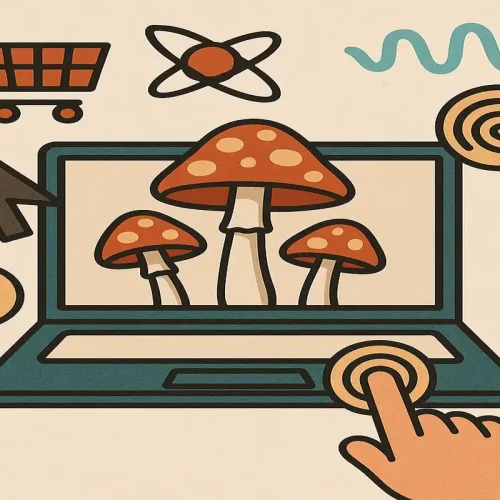
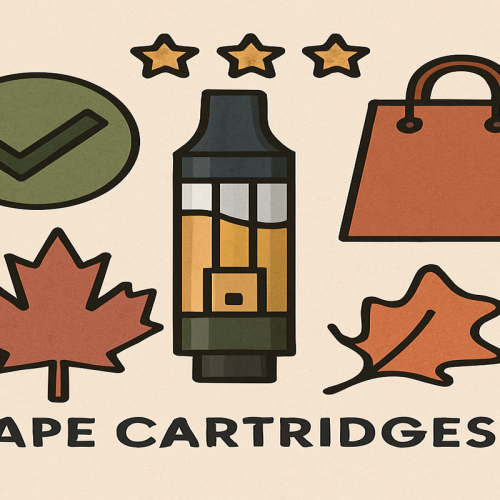

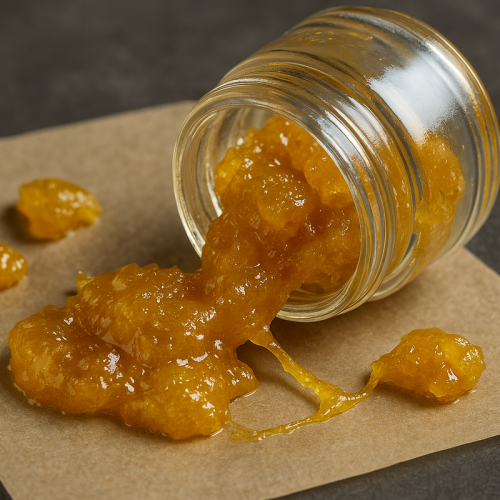
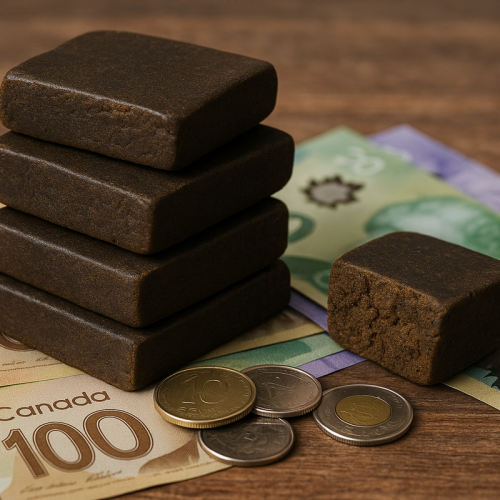




You must be logged in to post a comment.